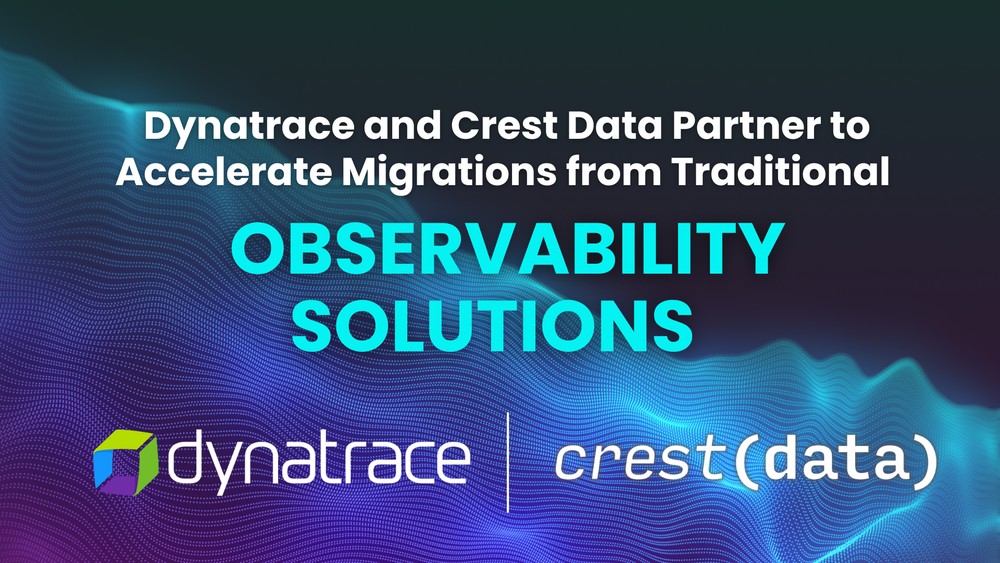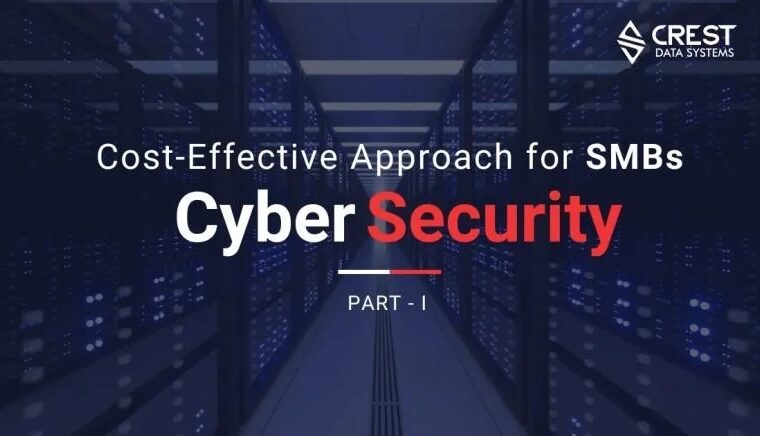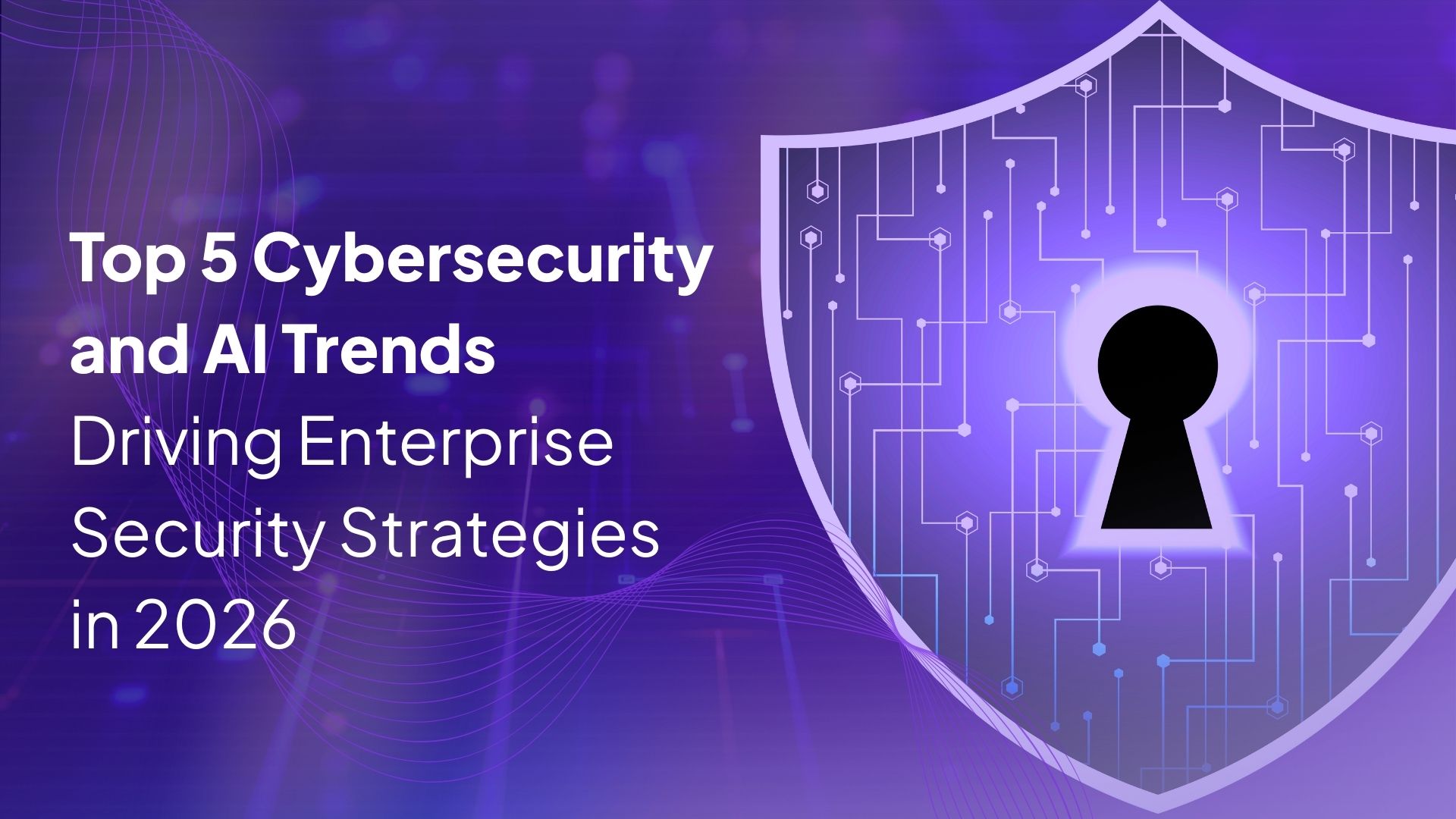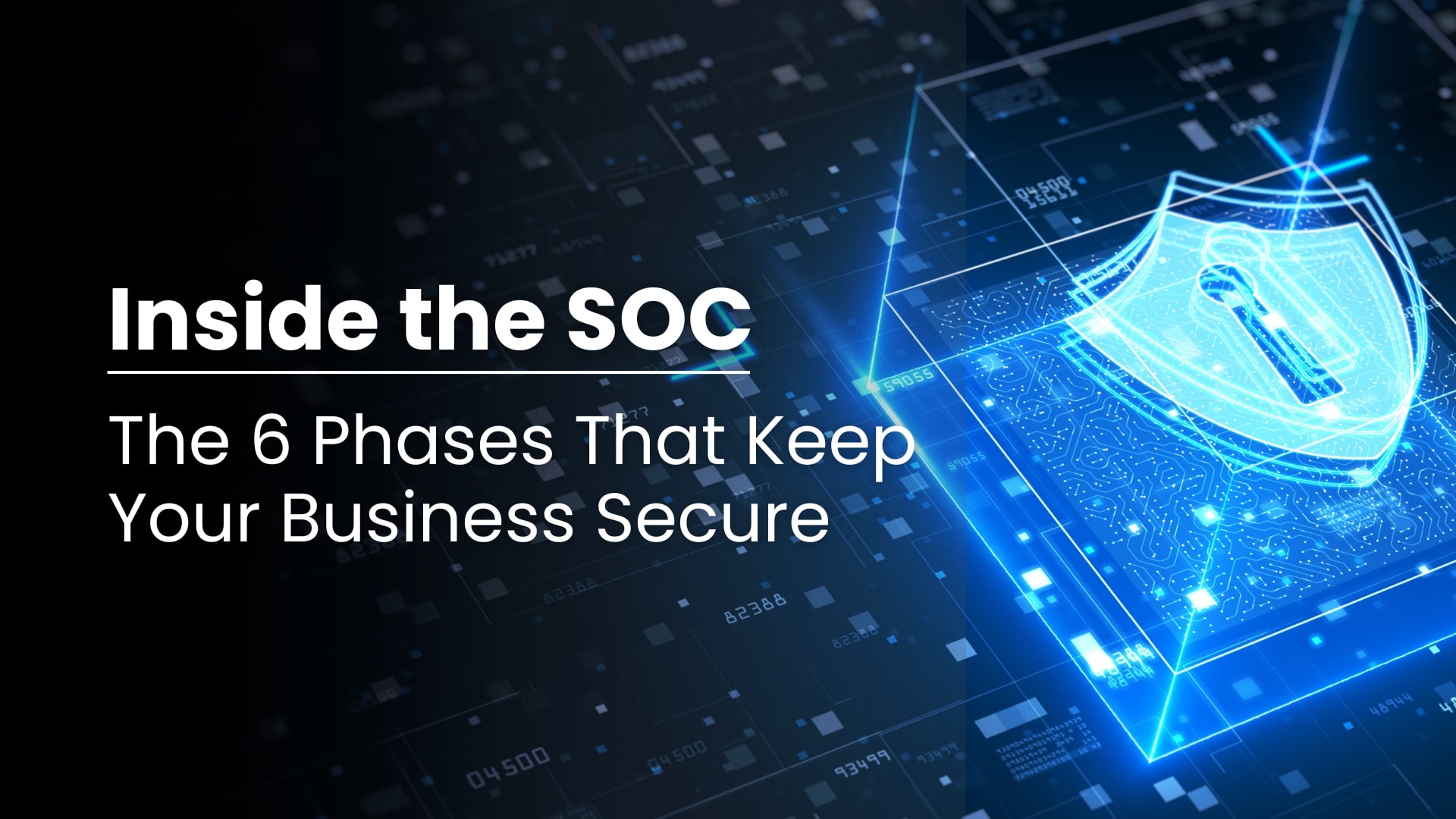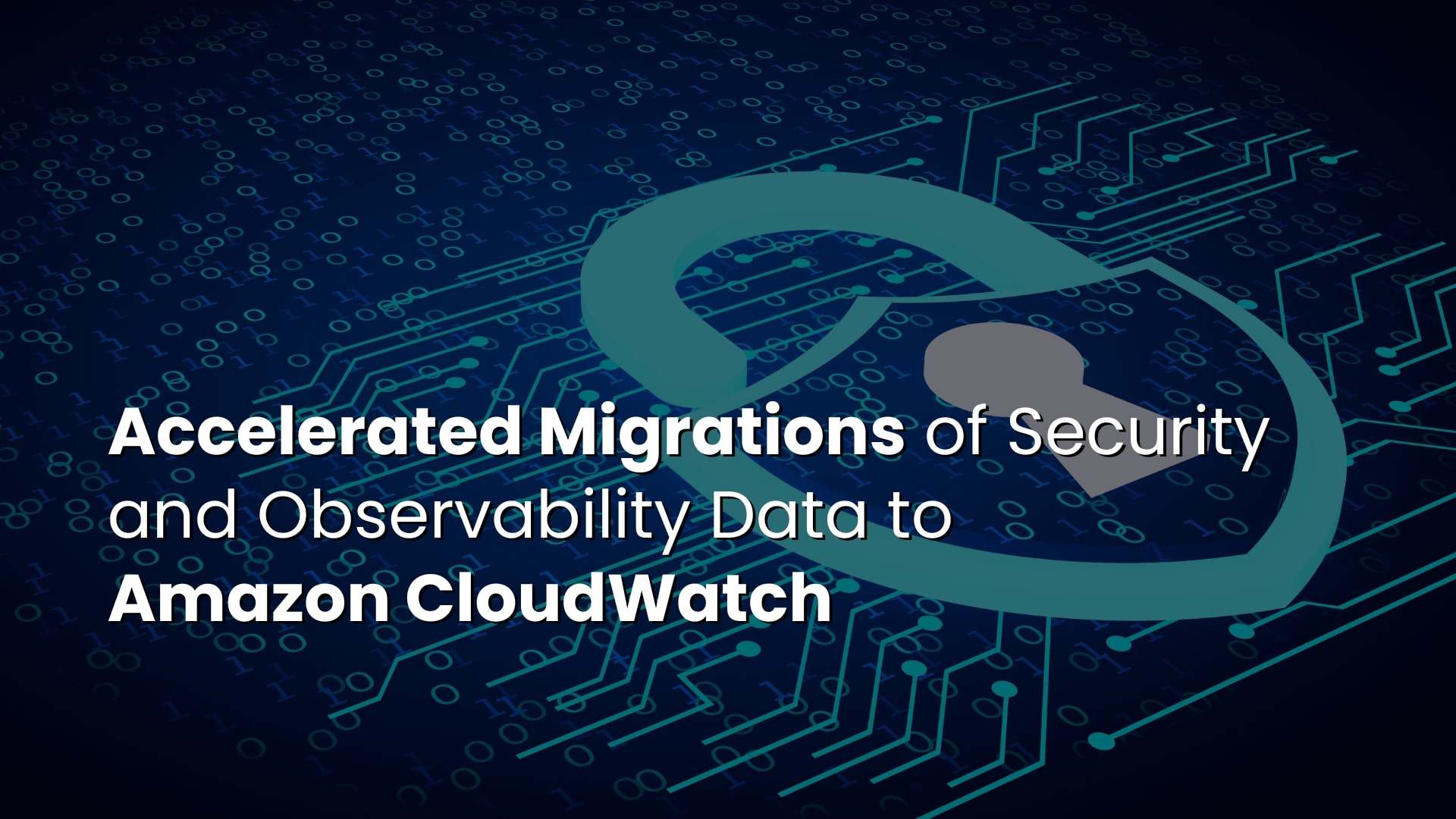The Cost-Effective Approach to Cybersecurity for SMBs – Part 1
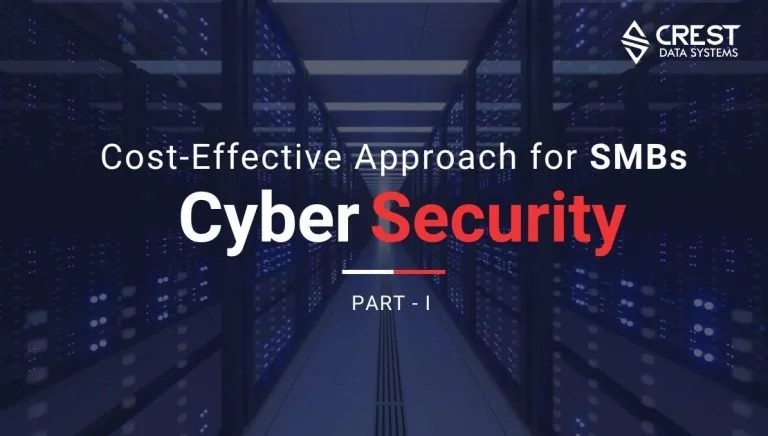
Cybersecurity threats collectively bring
trillions of dollars in damages across the globe. But, one particular class of enterprises is more vulnerable to such threats than most of its counterparts.
40% of such enterprises face 8+ hours of downtime during security breaches.
91% of them do not possess liability insurance that covers cybersecurity threats.
Locating the source of the breach can often cost as much as $15,000 to such enterprises.
75% of such enterprises do not have a dedicated IT resource to tackle security concerns.
The class of enterprises that faces these issues is – small and medium-sized businesses. The low-security levels and a general lack of awareness make Small and Medium-sized Businesses (SMBs) a vulnerable target for cyber attackers. The question arises – how can SMBs protect their operations from cybersecurity threats without burning a hole in their pockets?
How to Locate an Effective Cybersecurity Solution?
One of the biggest challenges for SMBs while devising a cybersecurity strategy is the lack of informed opinions available throughout the process. IT is not the priority for most such businesses, and hence there are not project sponsors within the business to vouch for the solution. Thus, even if the management team identifies the problem, it might be challenging to locate the right solution.
Use this set of rubrics to identify whether the available solution is ideal for your SMB or not:
1. Comprehensive Visibility
First and foremost – you would need visibility in how your cloud, applications, and devices interact. The platform should give you a real-time snapshot of the issues within your network and point at the possible sources. You can also ask if you will get real-time, daily, weekly, or monthly updates for optimizing the security of your cyber assets. This can help in damage control when the security is compromised.
2. Interoperability
If the vendor asks you to change a particular configuration within your technology stack and is not ready to adapt anytime in the future – feel free to consider other alternatives. While it might be easy to switch to a network element that integrates with your cybersecurity solution vendor’s offerings. However, often, SMBs get stuck with such solutions, and the cost of switching again increases as one or two vendors own most of the critical solutions in your IT infrastructure.
3. Scalable and Autonomous Solutions
A key property that almost ensures efficiency is automation. Look for AI and ML capabilities in the solution and seek more advanced technologies like generative computational models. Many vendors will use primary clustering and sell it as AI. Make sure you know how scalable the cybersecurity solution will be as you scale your cyber assets with more cloud compute capacity, enterprise applications, and a distributed network of devices in the future.
4. Hunting and Early Detection
The most sophisticated cybersecurity solutions offer threat hunting, i.e., the proactive process of looking for malicious elements in our datasets, servers, and other cyber assets. If your solution does not provide proactive hunting capabilities, it should, at the least, provide early detection of threats. Most systems with predictive AI capabilities can offer early detection easily.
5. Reporting, Analytics, and Dashboard Capabilities
In line with the need for visibility, you and your team should get comprehensive reporting on the threat hunting process, scans, outcomes, and resolutions at regular intervals. This will help you detect emerging patterns manually. Some of the best cybersecurity solutions come with native dashboards that allow access to all the data analytics functionalities in one place.
6. Low Latency
Latency is the measure of how responsive the cybersecurity platform is throughout the year. The platform should have an uptime of 99% or more. The lesser the uptime, the more exposed your IT assets are for the downtime hours.
7. Access to On-Demand Expertise
Even the most revered cybersecurity solutions providers often fail to meet this need, but it can add tremendous value to your enterprise – on-demand access to experts. When your network is under a DDoS attack or is facing a ransomware threat, you might not have a ton of time to conduct research or hire an expert on a full-time basis. For such conditions, having access to a Virtual Chief Information Security Officer can be the difference between having minimal or critical damage to your business post attack.
In summary, SMBs are vulnerable targets for cybersecurity threats due to low-security levels and lack of awareness. SMBs can protect their operations by identifying an effective cybersecurity solution with comprehensive visibility, interoperability, scalability, autonomous solutions, hunting and early detection, reporting and analytics, low latency, and on-demand expertise.


